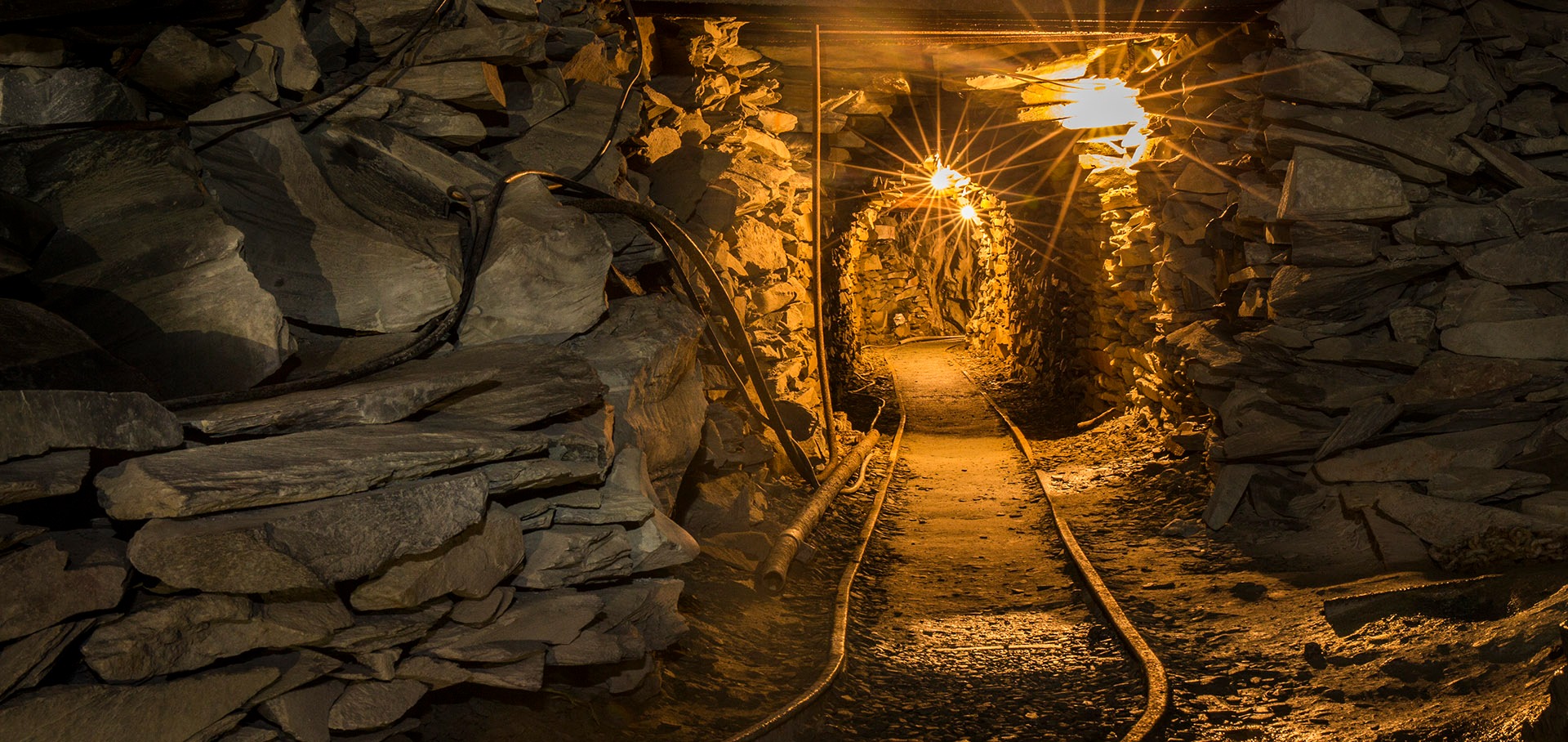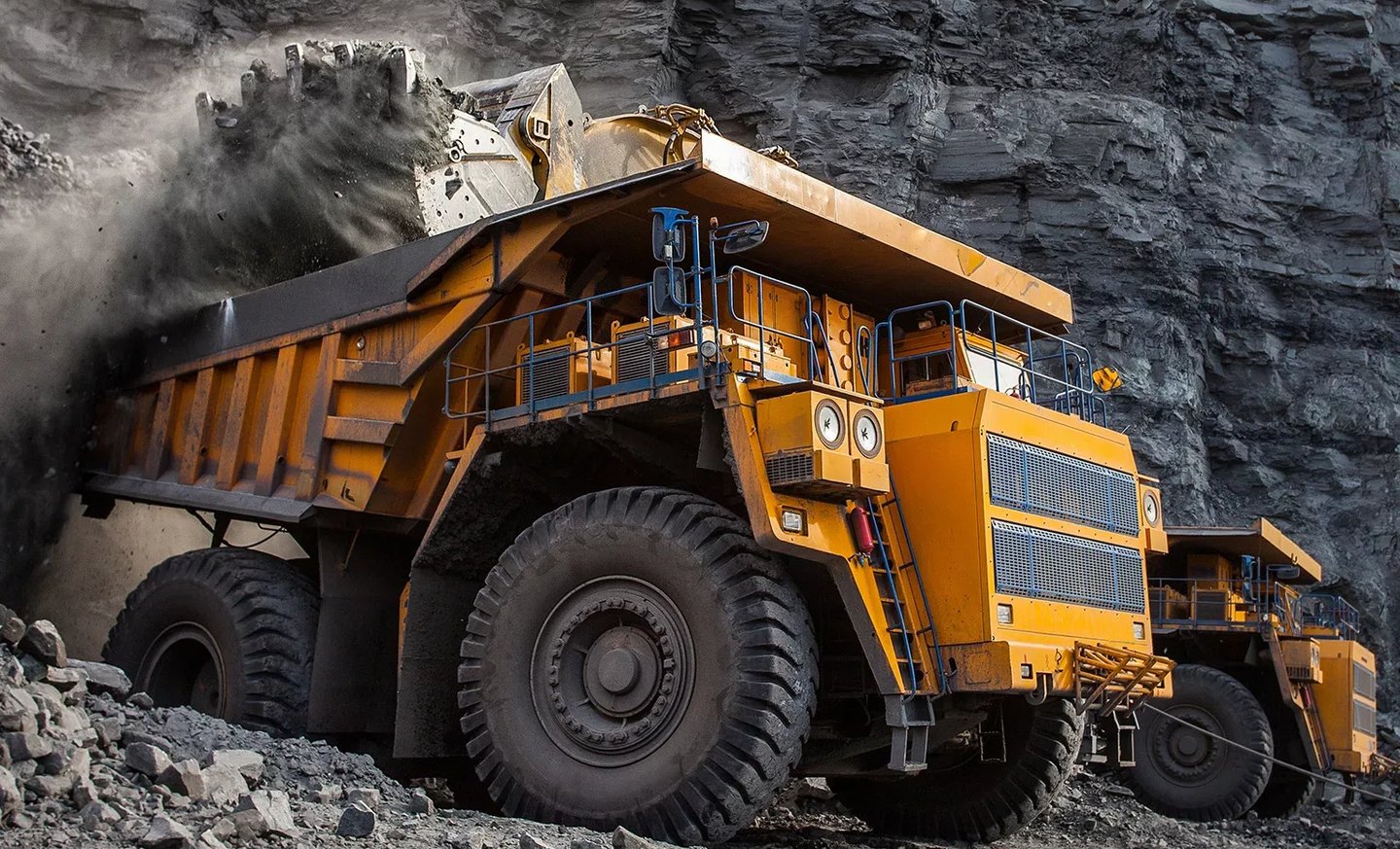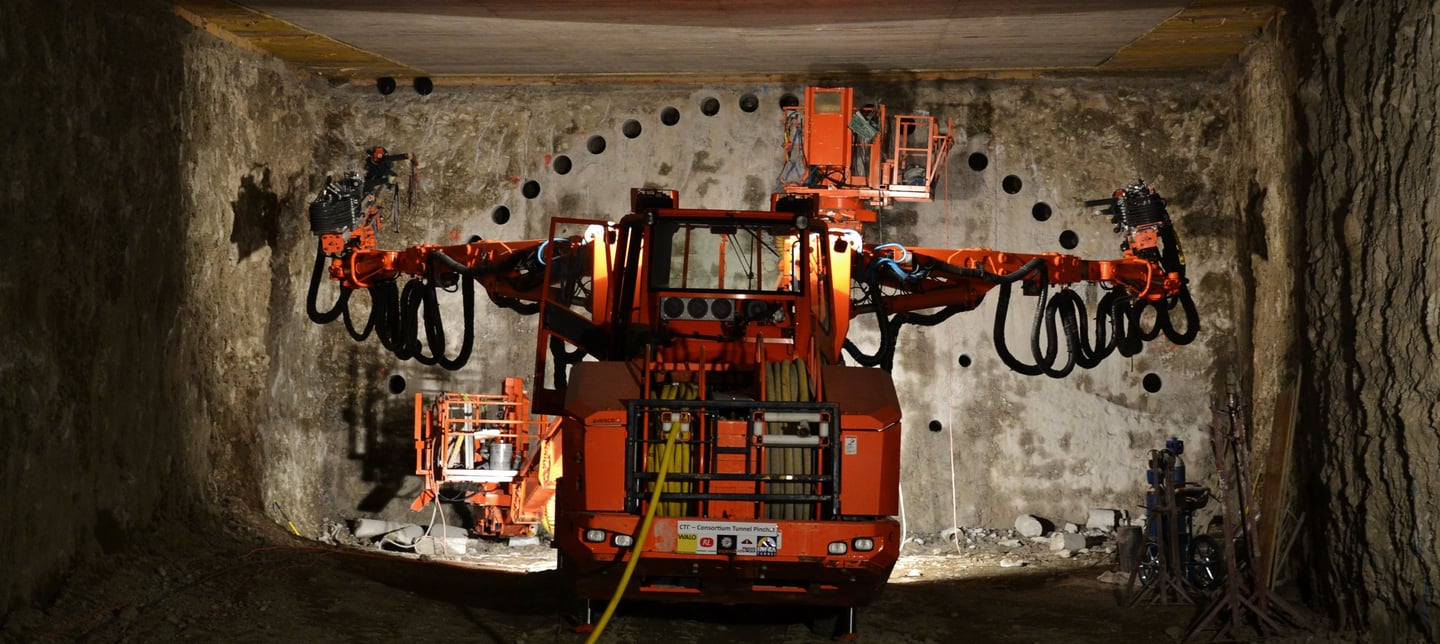Understanding the (N)SSHCGEWÖU Mining Cable
Introduction In the challenging world of mining operations, where safety and reliability are paramount, the selection of appropriate electrical infrastructure can mean the difference between efficient operations and potentially catastrophic failures. The (N)SSHCGEWÖU mining cable represents a sophisticated solution engineered specifically to meet the demanding requirements of mining environments, where traditional electrical cables simply cannot withstand the harsh conditions encountered deep underground or in open-pit operations. This comprehensive examination aims to provide mining professionals, electrical engineers, and safety personnel with an in-depth understanding of the (N)SSHCGEWÖU mining cable, exploring its unique construction, diverse applications, and critical operational considerations. Understanding these cables is not merely an academic exercise – it's essential knowledge that directly impacts the safety of mining personnel and the continuity of operations.
5/26/202515 min read

Understanding the (N)SSHCGEWÖU Mining Cable
Introduction
In the challenging world of mining operations, where safety and reliability are paramount, the selection of appropriate electrical infrastructure can mean the difference between efficient operations and potentially catastrophic failures. The (N)SSHCGEWÖU mining cable represents a sophisticated solution engineered specifically to meet the demanding requirements of mining environments, where traditional electrical cables simply cannot withstand the harsh conditions encountered deep underground or in open-pit operations.
This comprehensive examination aims to provide mining professionals, electrical engineers, and safety personnel with an in-depth understanding of the (N)SSHCGEWÖU mining cable, exploring its unique construction, diverse applications, and critical operational considerations. Understanding these cables is not merely an academic exercise – it's essential knowledge that directly impacts the safety of mining personnel and the continuity of operations.
The importance of reliable cabling in mining operations cannot be overstated. These environments present a perfect storm of challenges that can quickly destroy conventional electrical systems: extreme temperatures that can range from sub-zero conditions in deep mines to scorching heat in tropical open-pit operations, constant exposure to moisture and corrosive chemicals, mechanical stresses from heavy machinery and rock movement, and the ever-present risk of explosive atmospheres. In such conditions, cable failure doesn't just mean a loss of lighting – it can lead to emergency evacuations, production shutdowns, and serious safety incidents.
The (N)SSHCGEWÖU cable has been specifically engineered to address these challenges through its robust multi-layer construction and carefully selected materials. Unlike standard electrical cables that might be suitable for office buildings or residential applications, this mining cable incorporates multiple protective layers, specialised screening systems, and monitoring capabilities that make it uniquely suited to the underground environment.


Applications of the (N)SSHCGEWÖU Mining Cable
The primary application for the (N)SSHCGEWÖU mining cable centres around lighting systems in both open-pit and underground mining operations. However, understanding why this specific application is so critical requires examining the unique requirements of mining illumination systems.
In underground mining operations, reliable lighting is not simply a matter of convenience – it's a life-safety issue. Workers operating hundreds of metres below ground depend entirely on artificial lighting for visibility, navigation, and emergency evacuation. The lighting systems must function continuously, often for months at a time, without the possibility of easy maintenance or replacement. When you consider that underground mines can extend for kilometres through rock formations, with lighting cables running along tunnel walls, hanging from ceiling supports, and threading through complex ventilation systems, it becomes clear why ordinary cables would quickly fail under such conditions.
Open-pit mining operations present their own set of challenges for lighting systems. These massive excavations, sometimes extending several kilometres across and hundreds of metres deep, require extensive lighting networks to enable round-the-clock operations. The cables must withstand not only the mechanical stresses of being installed across vast distances but also the environmental challenges of exposure to weather, dust, and the constant vibration from heavy mining equipment.
The cable's suitability extends beyond traditional mining applications to include tunnelling operations for transportation infrastructure, underground construction projects, and other demanding industrial environments. In tunnel construction, for instance, the cable must function reliably while being subjected to the mechanical stresses of tunnel boring operations, exposure to groundwater seepage, and the chemical exposure from concrete and other construction materials.
What makes the (N)SSHCGEWÖU cable particularly well-suited to these applications is its engineered resistance to the environmental factors that would quickly destroy conventional cables. The cable's construction provides exceptional resistance to moisture ingress, which is crucial in underground environments where humidity levels can approach one hundred percent and where direct water contact is common. The mechanical properties of the cable allow it to withstand the constant vibration from mining equipment, the thermal cycling that occurs as mines heat up during operation and cool down during maintenance periods, and the abrasion that occurs when cables rub against rock surfaces or metal supports.
Chemical resistance is another critical factor in mining applications. Underground mines often contain various corrosive substances, from naturally occurring minerals to the chemicals used in ore processing. The cable's specialised sheathing materials are formulated to resist degradation from these chemical exposures, ensuring long-term reliability even in chemically aggressive environments.
Perhaps most importantly, the cable's construction makes it suitable for use in areas with potential explosion hazards. Many mining operations involve the extraction of materials that can create explosive atmospheres, whether from methane gas in coal mines, explosive dust in mineral processing areas, or volatile solvents used in ore refinement. The cable's robust screening and sheathing systems help prevent the propagation of electrical faults that could potentially ignite such atmospheres.


Electrical and Physical Characteristics
Understanding the electrical specifications of the (N)SSHCGEWÖU mining cable requires examining not just the numbers, but what they mean in practical mining applications. The cable operates at a nominal voltage of 0.6/1 kV, which places it in the low-voltage category suitable for most mining lighting applications. This voltage level represents a carefully considered balance between providing sufficient power for extensive lighting networks while maintaining safety margins appropriate for the mining environment.
The test voltage of 3 kV demonstrates the cable's ability to withstand electrical stresses well beyond its normal operating parameters. This high test voltage is particularly important in mining applications where electrical systems may be subjected to voltage surges from lightning strikes, switching operations, or faults in other parts of the electrical system. The ability to withstand these electrical stresses without breakdown is crucial for maintaining system reliability and preventing dangerous electrical faults.
Temperature performance represents one of the most critical aspects of the cable's design, and the specifications reveal the sophisticated engineering behind its construction. For fixed installations, the cable can operate reliably across a temperature range from -40°C to +80°C. This broad temperature range acknowledges the reality that mining operations often extend into environments with extreme temperature variations. Deep underground mines may maintain relatively stable temperatures year-round, but surface installations and cables running through different geological zones may experience significant temperature variations.
For flexible installations, where the cable may be subject to bending and movement during operation, the lower temperature limit is restricted to -25°C. This specification recognises that the mechanical stresses of flexing become more problematic at extremely low temperatures, where materials become more brittle and susceptible to cracking. The upper temperature limit remains at +80°C for flexible installations, providing substantial margin for the heat generated by electrical loads and ambient temperature variations.
During normal operation, the conductor can reach temperatures up to +90°C without compromising the cable's integrity or performance. This operating temperature provides adequate margin for the heat generated by electrical current while ensuring that the insulation materials remain within their safe operating parameters. Under short-circuit conditions, the conductor can withstand temperatures up to +200°C. This short-circuit rating is crucial for ensuring that the cable can survive electrical fault conditions without catastrophic failure, providing time for protective systems to operate and clear the fault.
The mechanical properties of the cable reflect its designed purpose for demanding industrial applications. The high tensile strength makes it suitable for installations where the cable must support its own weight over long spans, such as in large underground chambers or across open-pit operations. This tensile strength also enables the cable to withstand the mechanical stresses of installation, where it may need to be pulled through conduits, around corners, and over rough surfaces.
Resistance to abrasion, oils, and chemicals is built into the cable through its specialised sheathing materials. This resistance is not merely a convenience feature – it's essential for long-term reliability in mining environments where cables are exposed to a wide range of potentially damaging substances. The oil resistance is particularly important in mining operations where hydraulic fluids, lubricants, and fuel oils are commonly encountered.
The construction details reveal the sophisticated engineering approach taken to achieve these performance characteristics. The conductors utilise flexible tinned copper meeting Class 5 specifications according to IEC 60228. This specification ensures that the conductors provide the necessary flexibility for installation while maintaining excellent electrical conductivity. The tinning of the copper provides additional protection against corrosion, which is particularly important in the high-humidity environments common in mining operations.
The insulation system employs EPR (Ethylene Propylene Rubber) type 3G13, which provides excellent electrical insulation properties while maintaining flexibility across the cable's specified temperature range. EPR insulation is particularly well-suited to mining applications because it maintains its properties under mechanical stress and provides good resistance to moisture and chemical exposure.
The sheathing system represents perhaps the most sophisticated aspect of the cable's construction, employing a dual-layer approach with an inner sheath of GM1b compound and an outer sheath of heavy-duty elastomer 5GM5. This dual-layer system provides multiple lines of defence against environmental hazards. The inner sheath provides the primary protection for the cable's electrical components, while the outer sheath serves as the first line of defence against mechanical damage, chemical exposure, and moisture ingress.
The overall concentric screen made of tinned copper wires serves multiple critical functions. It provides electrical screening to reduce electromagnetic interference, which is important in mining operations where sensitive electronic equipment may be in use. The screen also provides a degree of mechanical protection for the inner components and can serve as an earth fault path, helping to ensure the safe operation of electrical protection systems.


Frequently Asked Questions
What makes the (N)SSHCGEWÖU cable suitable for mining environments?
The suitability of the (N)SSHCGEWÖU cable for mining environments stems from its comprehensive approach to addressing the multiple challenges presented by these harsh operating conditions. The cable's robust construction begins with its dual-sheath design, which provides multiple layers of protection against the environmental hazards commonly encountered in mining operations.
The inner sheath, constructed from GM1b compound, serves as the primary barrier protecting the cable's electrical components from moisture ingress, chemical exposure, and mechanical damage. This compound has been specifically formulated to maintain its protective properties across the wide temperature range encountered in mining operations, from the sub-zero conditions that may exist in some underground environments to the elevated temperatures created by electrical loads and ambient heat.
The outer sheath, made from heavy-duty elastomer 5GM5, provides the first line of defence against the harsh external environment. This elastomer formulation offers exceptional resistance to abrasion, which is crucial when cables are installed in environments where they may rub against rock surfaces, metal structures, or moving equipment. The chemical resistance of this outer sheath protects against the wide range of substances encountered in mining operations, from naturally occurring minerals and groundwater to the various chemicals used in ore processing and equipment maintenance.
The overall concentric screen made of tinned copper wires provides additional mechanical protection while also serving important electrical functions. This screening system helps protect the cable's conductors from electromagnetic interference that might be generated by large mining equipment, and it provides a reliable earth fault path that is essential for the safe operation of electrical protection systems in mining installations.
Can this cable be used in flexible installations?
Yes, the (N)SSHCGEWÖU cable has been specifically designed to accommodate both fixed and flexible installations, though there are important considerations for each application type. The cable's construction incorporates flexible tinned copper conductors meeting Class 5 specifications, which provide the mechanical flexibility necessary for installations where the cable may be subject to bending, twisting, or movement during operation.
For flexible installations, the cable's temperature rating extends from -25°C to +80°C. The slightly restricted lower temperature limit for flexible applications recognises that the mechanical stresses associated with cable movement become more problematic at extremely low temperatures, where materials may become brittle and more susceptible to cracking or failure. However, the upper temperature limit remains the same as for fixed installations, providing adequate margin for the thermal stresses encountered in most mining applications.
The flexible design makes the cable particularly suitable for applications such as trailing cables for mobile mining equipment, connections to moveable lighting systems, and installations where thermal expansion and contraction may cause cable movement. The cable's construction ensures that it can withstand the mechanical stresses associated with these flexible applications while maintaining its electrical integrity and environmental protection.
It's important to note that while the cable is suitable for flexible applications, proper installation practices remain crucial. This includes ensuring adequate support to prevent excessive mechanical stress, providing appropriate strain relief at terminations, and considering the cable's minimum bend radius to prevent damage during installation and operation.
How does the monitoring core function?
The monitoring core represents one of the most sophisticated features of the (N)SSHCGEWÖU cable, providing a proactive approach to cable maintenance and safety management. This monitoring system works by incorporating an additional conductor within the cable construction that serves as an early warning system for outer sheath damage.
The monitoring core is positioned within the cable structure in such a way that it would be affected by damage that penetrates the outer protective layers but before such damage reaches the main power conductors. When the outer sheath is compromised – whether through mechanical damage, chemical degradation, or other environmental factors – the monitoring core can detect this damage through changes in its electrical characteristics.
This early detection capability is particularly valuable in mining operations where cable failures can have serious safety and operational consequences. Rather than waiting for a complete cable failure that might result in loss of lighting, equipment shutdown, or potential safety hazards, maintenance personnel can identify developing problems and schedule repairs during planned maintenance windows.
The monitoring system typically works by applying a small monitoring voltage to the monitoring core and continuously or periodically checking its insulation resistance to earth. A reduction in this insulation resistance indicates that the outer sheath has been compromised and that moisture or other contaminants may be entering the cable structure. This information allows maintenance personnel to locate and address the problem before it progresses to a complete cable failure.
The monitoring core also facilitates more efficient troubleshooting when problems do occur. By providing additional diagnostic information about the cable's condition, it can help maintenance personnel quickly locate faults and determine the appropriate repair strategy, minimising downtime and reducing the safety risks associated with cable failures in mining environments.
Is the cable compliant with international standards?
The (N)SSHCGEWÖU cable meets multiple international standards, ensuring its suitability for use in mining operations worldwide. Compliance with VDE 0250 Part 812 provides assurance that the cable meets German engineering standards for mining cables, which are among the most stringent in the world. This standard covers various aspects of cable performance, including electrical characteristics, mechanical properties, environmental resistance, and safety features.
The cable's compliance with these international standards is not merely a bureaucratic requirement – it provides important assurances about the cable's performance and safety characteristics. These standards are developed through extensive industry consultation and are based on decades of experience with cable performance in demanding applications. Compliance with these standards means that the cable has been tested and verified to meet specific performance criteria that are relevant to mining applications.
For international mining operations, standards compliance is particularly important because it ensures that the cable can be used across different regulatory jurisdictions without concerns about meeting local safety requirements. Many mining companies operate in multiple countries, and having cables that meet international standards simplifies procurement, installation, and maintenance procedures across different sites.
The standards compliance also provides assurance to insurance companies, regulatory authorities, and other stakeholders that appropriate safety measures have been implemented. This can be important for obtaining operating permits, satisfying insurance requirements, and demonstrating due diligence in safety management.
What are the fire resistance properties of the cable?
The fire resistance properties of the (N)SSHCGEWÖU cable are designed to enhance safety in the fire-prone environments common in mining operations. The cable meets fire resistance standards including DIN VDE 0482 and EN/IEC 60332-1-2, which specify requirements for flame propagation, smoke generation, and toxic gas emission under fire conditions.
These fire resistance properties are particularly important in mining applications where the risk of fire is elevated due to the presence of combustible materials, electrical equipment, hot surfaces from machinery, and potentially explosive atmospheres. In underground mining operations, fire poses an especially serious threat because escape routes may be limited and smoke can quickly fill confined spaces.
The cable's fire resistance is achieved through the careful selection of materials used in its construction. The insulation and sheathing compounds are formulated to resist ignition and to limit flame propagation if ignition does occur. This means that a fire starting in one section of a cable installation is less likely to spread along the cable to other areas, helping to contain the fire and preserve escape routes.
The low smoke emission characteristics are equally important in mining applications. In the event of a fire, excessive smoke generation can quickly make evacuation routes impassible and can interfere with firefighting operations. The cable's materials are selected to minimise smoke generation, helping to maintain visibility for evacuation and emergency response.
The cable's resistance to toxic gas emission under fire conditions is another critical safety feature. Many conventional cable materials can release toxic gases when burned, creating additional hazards for personnel attempting to evacuate or fight fires. The (N)SSHCGEWÖU cable's materials are selected to minimise the generation of toxic gases, reducing the risk to personnel in fire situations.


Installation and Maintenance Considerations
Proper installation of the (N)SSHCGEWÖU mining cable requires understanding both its capabilities and limitations. The cable's robust construction provides significant protection against environmental hazards, but appropriate installation practices remain essential for achieving optimal performance and service life.
Installation planning should begin with a thorough assessment of the environmental conditions along the entire cable route. This includes identifying areas where the cable may be exposed to particular hazards such as chemical exposure, mechanical damage, or extreme temperatures. Understanding these conditions allows installers to implement appropriate protective measures and to ensure that the cable is routed in a way that minimises exposure to unnecessary risks.
The cable's minimum bend radius must be observed during installation to prevent damage to the conductors, insulation, or screening systems. Excessive bending can cause conductor breakage, insulation cracking, or screen discontinuities that may not be immediately apparent but can lead to premature failure. In mining installations, where cables often must navigate around obstacles and through confined spaces, careful attention to bend radius requirements is essential.
Support systems for the cable must be designed to handle both the cable's weight and any additional loads that may be imposed by environmental conditions. In underground installations, for example, rock movement or settling may impose additional stresses on cable supports. The support system should distribute these loads appropriately to prevent damage to the cable.
Termination and jointing procedures require particular attention in mining applications. The connections must maintain the cable's environmental protection while providing reliable electrical connections. This typically requires the use of specialised termination systems designed for mining applications, along with careful attention to sealing and mechanical support.
Regular maintenance and monitoring are essential for maximising the service life of mining cables. The monitoring core feature of the (N)SSHCGEWÖU cable facilitates this maintenance by providing early warning of developing problems. However, visual inspection of accessible cable sections should also be part of regular maintenance procedures, looking for signs of mechanical damage, chemical attack, or environmental degradation.
Maintenance records should be kept for all cable installations, documenting the installation date, environmental conditions, any repairs or modifications, and the results of monitoring and inspection activities. This information helps establish maintenance patterns and can provide early warning of systematic problems that may affect multiple cable installations.
Economic Considerations and Total Cost of Ownership
While the initial cost of the (N)SSHCGEWÖU mining cable may be higher than conventional cables, understanding its total cost of ownership reveals significant economic advantages for mining applications. The cable's robust construction and reliable performance translate into reduced maintenance costs, fewer unplanned shutdowns, and improved safety outcomes that justify the initial investment.
The extended service life achievable with properly installed mining cables represents a significant economic advantage. Conventional cables may require replacement every few years in mining environments, with each replacement involving not only the cost of the new cable but also the labour costs for removal and installation, production disruptions during maintenance windows, and potential safety risks associated with cable failures.
The monitoring core feature provides additional economic benefits by enabling predictive maintenance approaches. Rather than relying on scheduled replacement or waiting for failures to occur, mining operations can use the monitoring information to optimise maintenance timing, reducing both the frequency of unnecessary maintenance and the risk of unexpected failures.
The cable's fire resistance properties also contribute to its economic value by reducing insurance costs and potential liability exposure. Insurance companies often provide premium reductions for operations that implement appropriate fire safety measures, and the reduced risk of fire-related incidents translates into lower potential costs for property damage, business interruption, and liability claims.
Conclusion
The (N)SSHCGEWÖU mining cable represents a sophisticated engineering solution designed specifically to meet the demanding requirements of mining and tunnelling applications. Through its robust multi-layer construction, comprehensive environmental protection, and advanced monitoring capabilities, this cable provides the reliability and safety performance essential for critical mining lighting systems.
The cable's electrical specifications, including its 0.6/1 kV operating voltage and broad temperature range, make it suitable for a wide range of mining applications. The mechanical properties, including high tensile strength and resistance to abrasion and chemicals, ensure reliable performance in the harsh environments typical of mining operations.
The monitoring core feature represents a significant advancement in cable technology, providing early warning of developing problems and facilitating predictive maintenance approaches that can reduce both costs and safety risks. Combined with the cable's fire resistance properties and compliance with international standards, these features make the (N)SSHCGEWÖU cable an excellent choice for mining operations worldwide.
Proper selection, installation, and maintenance of mining cables like the (N)SSHCGEWÖU are crucial for ensuring the safety and efficiency of mining operations. The sophisticated engineering incorporated into this cable design provides mining operations with a reliable foundation for their electrical infrastructure, contributing to both operational success and personnel safety in some of the world's most challenging industrial environments.
Understanding these cables is essential for mining professionals, electrical engineers, and safety personnel who must make informed decisions about electrical infrastructure in mining operations. The investment in high-quality mining cables pays dividends through improved reliability, reduced maintenance costs, enhanced safety, and the peace of mind that comes from knowing that critical electrical systems will perform reliably when needed most.




